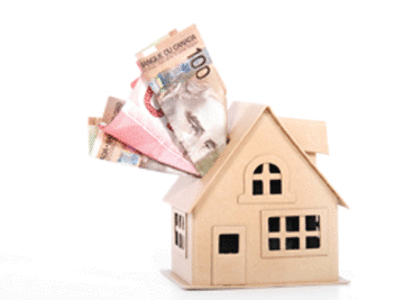
Property Investment With Alternative Down Payment Options

Becoming a real estate property investor can be very lucrative, but the financing for multiple properties can get tricky; especially when most of the investor’s equity is already tied up in properties. Private mortgage lenders offer alternative financing solutions for property investors to expand their portfolio in these situations. Below is a case study exemplifying different down payment options.
Martin, a seasoned contractor of 20 years and a newer property investor, came to us with a stellar opportunity to pick up a duplex property in Hamilton, Ontario. The house was under foreclosure and selling for $300,000, which is some $50,000 below market value. He had two existing properties with mortgages on them, one that he lived (owner-occupied) in and the other that he was renting out. Martin had the majority of his money tied up in the equity of his other properties and came to us in order to figure out a way to come up with the down payment for the new purchase.
Blanket Mortgages
A blanket mortgage is one mortgage that covers two properties. These are used when the buyer wants to use more than one property as a security to reduce risk. It also has the benefit of avoiding CMHC premiums by leveraging the equity to buy the other property.
Martin’s owner-occupied home had over 50% equity in it, so we could take 25% of that equity and put it towards the new investment property in a blanket mortgage. The loan-to-value ratio on the two properties cannot exceed 80%, and in this case it would be 75% Loan-to-value on each.
Bridge Financing
Also known as “interim financing”, is used when the closing date on one property comes before the sale of an existing property. If Martin wanted to sell his current rental property and buy the new one, he would first need a firm purchase and sale agreement for the existing property. In Martin’s case, it does not apply to him – but for investors that flip properties this tends to be their option of choice.
Sweat Equity
Sweat equity is the buyer’s contribution to the restoration of a home in the form of D.I.Y. improvements. In doing so, they increase the market value of the real estate. The value of work, renovations and repairs can be used in place of a down payment.
If Martin were willing to devote a considerable amount of time and effort into this property, a lender may be willing to use this in place of down payment. Considering that the investment property in question is being sold well under market value, a private lender would be more willing to agree to these terms.
Lending on Market Value
In cases where the purchase price of a property is well below market value, a private lender may be willing to lend on the appraised value of the house today as opposed to the purchase price.
In Martin’s case, the purchase price is $300,000. A lender would have the property appraised, and if it came in at $350,000 market value, the lender would consider the $50,000 to be equity and could use that as part of a down payment.

